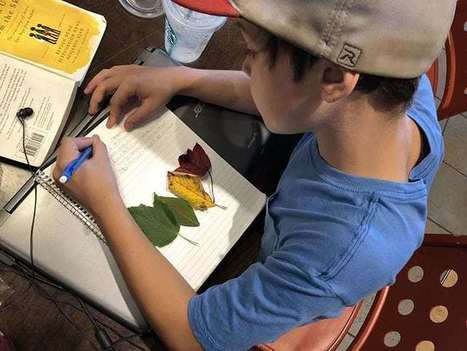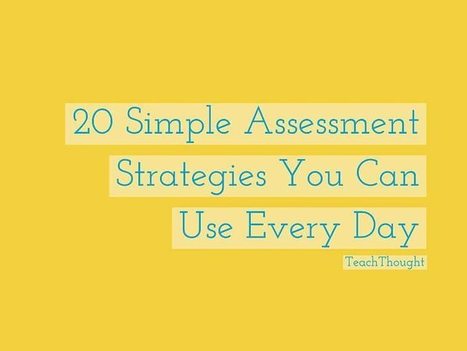When students reflect on what they have learned, ownership of that new knowledge increases. Check out these three strategies to use with secondary students.
Research and publish the best content.
Get Started for FREE
Sign up with Facebook Sign up with X
I don't have a Facebook or a X account
Already have an account: Login
Professional learning in a glance (or two)!
Curated by
John Evans
 Your new post is loading... Your new post is loading...
 Your new post is loading... Your new post is loading...

Manuela Velasquez Palomino's curator insight,
August 26, 2020 7:15 PM
Students can take reading to a deeper level through the use of different strategies such as questioning, making connections, and forming interpretations.
By using these cognitive strategies students will be able to understand complex texts and get the most of these.

D33ana Sumadianti's curator insight,
December 11, 2017 9:50 PM
Skill, will and thrill in each learner.
|

Manuela Velasquez Palomino's curator insight,
August 26, 2020 7:15 PM
Students can take reading to a deeper level through the use of different strategies such as questioning, making connections, and forming interpretations.
By using these cognitive strategies students will be able to understand complex texts and get the most of these.

Koen Mattheeuws's curator insight,
May 23, 2017 3:10 AM
"Some of the best learning strategies aren’t often used by teachers or students largely because of time pressures in the classroom." Niet het vele is goed, maar het goede is veel.
|


















